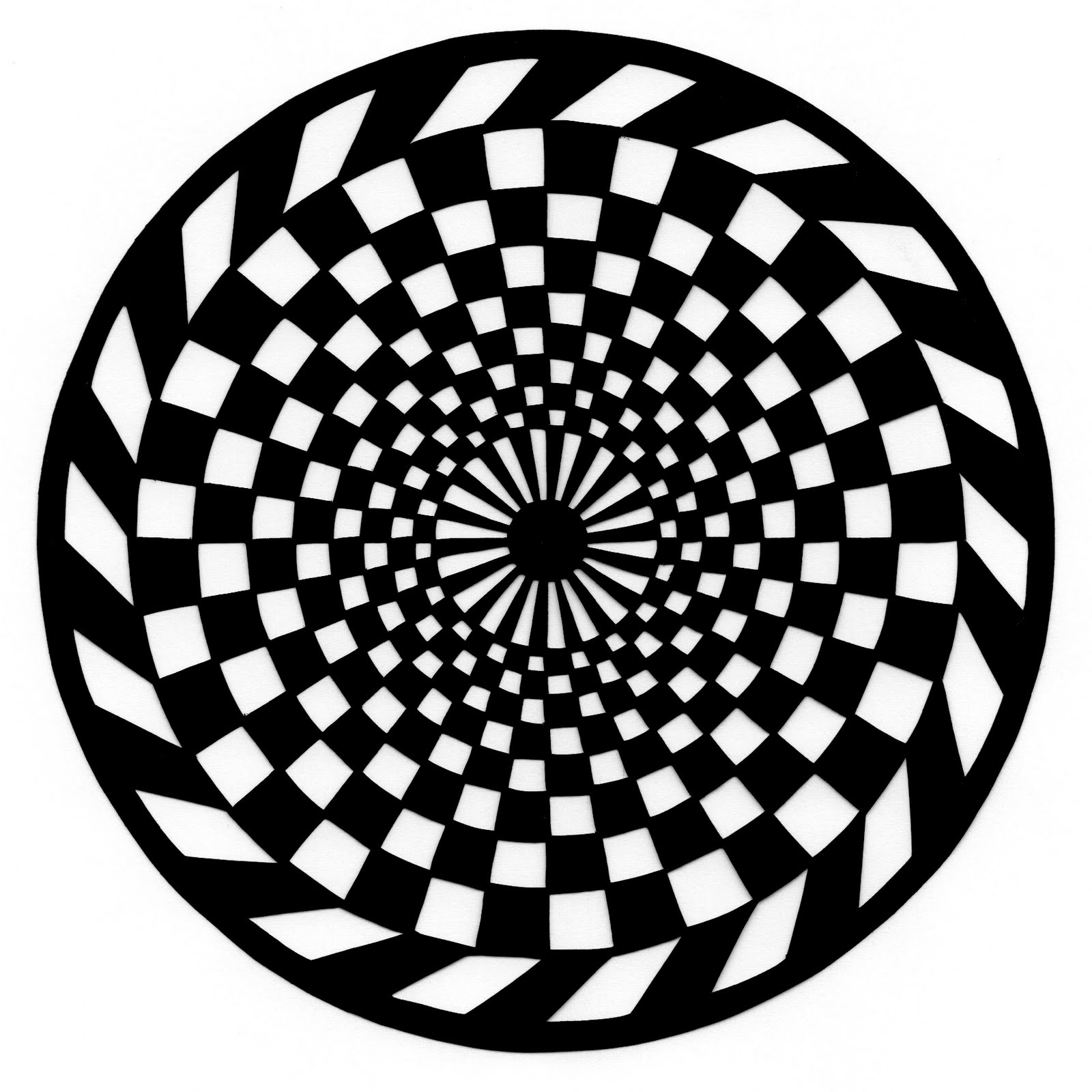 |
American Literature: Romanticism Sample Final Exam Essays 2015 final exam assignment Overall Learning Essay |
 |
Hanna
Mak
Mid-length essay: American Romanticism: A Course Retrospect
One
of the major problems that one must inevitably confront in the study of
literature is the debate of its canon—how, after all, can a survey course most
fairly determine what is to be studied in such a limited amount of time? It can
often be difficult to strike a true balance, at least partially because authors
often fade in and out of vogue with each subsequent generation. In my
experience, one negative result of this is that my knowledge as an undergraduate
literature student often failed to match up with most people who were from the
same program in the same school; these knowledge gaps can present definite
obstacles in collaboration and conversation. Therefore, in my case, I think that
the earliest benefit of this class was at least the establishment of a
foundational knowledge in Romanticism, which I previously had little exposure to
both at the high school level and the undergraduate level. Furthermore, texts
which I had previously read, such as Nathaniel Hawthorne’s
Young Goodman Brown and Emerson’s
Nature, were never discussed within
the context of Romanticism, and as a result, my understanding of both authors
has been greatly expanded. Although it is presumably one of the more obvious
benefits in taking such a course, its usefulness cannot be overlooked—such
groundwork cannot be ignored by a student that aims for the development of their
skills.
Additionally, it should be noted that it was this lack of knowledge which gave
rise to my initial reservations about the subject matter. After learning broadly
what Romanticism entailed—particularly its emphasis on emotions over reason and
its nostalgia for the past—I admittedly felt little excitement for what was to
come. However, I soon discovered how wrong I was to hold this prejudice. The
broad scope of material that was demonstrated to fall under the umbrella of
Romanticism was much richer than I expected. Even pieces that I did not
personally enjoy were useful in terms of their historical significance or
insight into past and present American culture, as was the case with
Last of the Mohicans, for example.
Ultimately, this surprise was not just pleasant, but it was also important to my
development as a student, and served as a necessary reminder to always keep an
open mind during one’s studies. After all, it is often the case that when one’s
own viewpoint or aesthetic ideals differ substantially from the material that
one stands to learn the most.
Perhaps one of the most effective standards of measurement for the use of this
class, however, could be judged in terms of its relation with others that were
offered during the semester. The study of many disparate movements, especially
in terms of their succession, is in many ways similar to watching a conversation
or debate unfold. And yet, for all the differences to be found, it is also
highly instructive to take note of the similarities. In Dr. Day’s British
Restoration Literature class, many of the authors that we studied, such as
Swift, Johnson and Smollett, would have undoubtedly rejected the ideals of the
Romantic movement with vehemence. In fact, Johnson, who according to James
Boswell once said, “No man but a blockhead ever wrote, except for money,”
seemingly could not have been more ideologically removed from the ideals of the
Romantic tradition. And yet, because Romanticism draws upon so many images and
patterns which are rooted in human psychology and emotion (the sublime, the
patterns of dark vs. light, escapism and imagination, among others), it cannot
help but manifest itself to some degree in the works of most authors—a point
which is readily displayed in this course’s study of such varied works as John
Smith, Emerson, Stowe, Charles W. Chesnutt, Faulkner, and F. Scott Fitzgerald.
The presence of Romantic elements in these works, and those of other classes,
demonstrate how flexible and pervasive the tradition is. Perhaps only the
Houyhnhnms could fully disprove.
Besides a lifelong admiration and interest in literature, one of the things that
brought me to consider it as a major in the first place was the subject’s
versatility in terms of its practical applications. The study of literature
steadily trains a student to write, analyze and empathize more effectively,
which are skills that can be applied both professionally and personally.
Therefore, ideally, an individual course should contribute to the gradual
broadening of one’s perspective, which in light of my previous points, appears
to have been achieved during this semester. In terms of the improvement of my
writing skills, I found the level of detail and the amount of useful advice on
the midterms to be of particular interest. Since the majority of my proficiency
in writing has been gathered from reading as opposed to formal instruction, I
oftentimes rely too heavily upon intuition rather than actual rules and
structure. This is a weakness in my writing which I must continue to develop.
Lastly, although I often found that the broadness of Romanticism’s definition at times proved to be a double-edged sword, and could be just as frustrating as it was rewarding in its inclusiveness, on the whole, it was helpful in its demonstration of the general purpose and limitations of such terms. Reflecting on this balance, it becomes clear that it is important to use the constraints of genre and artistic movement primarily as tools, and to be able to step back and consider the larger picture when frustrations begin to emerge. While often useful in its contribution of context both to individual works and as a means for understanding multiple works in relation to one another, ultimately, analysis in this vein can stand the risk of devolving into a simple list of a literary movement’s traits and a work’s corresponding catalogue of quotations. In such moments as I have described, it seems that the outside influence of peer perspective is key—this has proven to be one of the most worthwhile aspects of just about any literature course, but it seemed particularly applicable to this one, due to its extensive focus on the specific terms and characteristics within the Romantic tradition. Although most courses I have taken in the past have not shared the extent and direction of this focus, the frustrations that I felt were largely counteracted through the attendance of classroom discussion. In light of this observation, in conjunction with the others, I would say that although the structure was markedly different from my prior expectations, that difference was not altogether a bad thing.
|
|
|
|

